Lodhra is a flowering plant that is considered the best medicine because of how well it works. Lodhra is an important tool for ayurvedic medicine because it has medicinal properties in almost every part of the plant, including the leaves, bark, and roots.
Lodhra is a great herb for women that is very good at healing and getting rid of toxins. Because it has a lot of good bioactive ingredients and therapeutic properties, it is used to treat a wide range of skin conditions, menstrual problems, liver problems, coughs, colds, sore throats, respiratory diseases, digestive problems, ulcers, wounds, and more.
Lodhra is an important herb in Ayurvedic medicine. It's a medium-sized tree that always stays green. The leaves are round or oval and 3 to 4 inches long. The leaf stalk is small and feels like velvet. It has small, cream-colored flowers that usually grow in groups.
Usually, the flowers start blooming in November and keep going until February. Lodhra has purple-black fruits that are about 1.5 inches long, leathery, and have one to three seeds inside. Bark is a light shade of brown.
Table of Contents
What is Lodhra?
Lodhra is an old healing herb used in Ayurvedic medicine. Its botanical name is Symplocos racemosa roxb, and it is a member of the family Symplocaceae. The scientific name of the plant is Symplocosracemosa. In different parts of the world, it is called Rodhra, PaitKaLodhra, SabaraLodhra, Tirita, Mugam, Lodha, Vellilothram, Lodhuga, and Pachotti. It is often found in the northeastern Indian states of Assam and Pegu. The plant usually grows to a height of 6 metres and is most common in the northeastern hilly areas of the Indian subcontinent (Nagpur, Manipur) and Burma. It is also found in tropical and subtropical areas of Asia, Australia, America, and Malaysia. Even though the leaves, roots, flowers, and everything else on the plant are useful, the stem bark is the most important part. It is used to make traditional medicines in Ayurveda and Unani.
Lodhra is a tropical tree that has leaves that never die. It has a greyish brown to pale white-brown stem that is rough and uneven and has white spots and cracks. Most leaves are simple, elliptic-oblong or elliptic-lanceolate, with a narrow tip, a narrow base, and a slightly curved margin. It is mostly round on the curves on both sides, and it is smooth and shiny above the nerve pair. Flowers are small, have two parts, and are white. It has five lobes and a clear scent. Most fruits in nature are drupes, which have a round, cylindrical shape and a purple-black colour. The seeds inside are usually one to three and have a woody endocarp. They are long and hard.
Lodhra is a magical ayurvedic treatment for gynaecological problems, liver abnormalities, blood diseases, dysentery, inflammation, gum diseases, eye diseases, and different types of ulcers. It is known as a "Divyaushadhi," which in Sanskrit means a "divine herb" or "heavenly medical plant." In Sanskrit, the word "Lodhra" means "that which makes the body stronger and firmer."
Lodhra for women:
During their menstrual cycle, every woman goes through some hormonal or emotional changes. Most women have hormonal problems all year long, especially during that time of the month. These problems include irregular periods, leucorrhea, menstrual cramps, and skin problems like acne, pimples, and patches. Even though women have been to the moon and can be successful in any field, it is still considered rude to talk about gynaecological problems. As a result, some of these problems are often ignored and not treated.
But don't worry. Mother Nature has given us a lot of wonderful herbs, spices, and foods that can help with these quiet problems. So, instead of being shy or embarrassed, come out in the open and talk about these things. Believe us, you are not the only one who wants to do this.
Even though you can't avoid hormonal and menstrual problems, there are different ways to ease the pain and calm the underlying symptoms. The amazing ayurvedic herb Lodhra is thought to be one of the best after Shatavari for regulating hormones and menstrual problems in women without causing any side effects.
Health benefits of Lodhra:
- Remedies Gynaecological Anomalies
Lodhra is a powerful herb that is good for women and is used to treat many hormonal problems. Not only does it help treat endometriosis, which is inflammation of the uterine lining, but it also normalises FSH and LH levels in the blood. This helps control overall body development, growth, and pubertal maturation. It also strengthens the female reproductive organs, controls the menstrual cycle, triggers ovulation (by telling the ovaries to make eggs that grow into follicles), and helps the corpus luteum form. This herbal mixture is a powerful uterine tonic, and using it regularly can help someone who is trying to get pregnant get pregnant faster.
It also plays a key role in regulating periods, treating problems that come after giving birth, and even treating too much abdominal pain or bleeding. It also helps ease the pain of dysmenorrhea and helps the flow of blood during the menstrual cycle. Lodhra formulations help women with PCOD clean their blood and restore the health of their uterus, which leads to regular, healthy menstrual cycles.
When taken as a decoction with milk, the bark can help treat menstrual problems, while the powdered form can help treat vaginal infections.
- Helps with breathing problems
Lodhra is a well-known traditional cure for all kinds of respiratory problems. It has strong anti-inflammatory, anti-bacterial, and anti-asthmatic properties. It is a must-have for getting rid of cold, cough, sore throat, and flu symptoms. As a Kapha pacifier, it actively thins and loosens catarrh particles in the chest and nasal cavities. This makes it easier to breathe and helps the body get rid of mucus. It can also help treat asthma and other problems with the lungs.
- Relieves Liver Anomalies
Lodhra is a miracle cure for most liver problems, especially jaundice, which mostly affects the liver. It has powerful properties that protect and stimulate the liver. The herb not only helps the liver work better by making it make more bile, but it also helps the liver enzymes get back to normal levels. It also cleans and detoxes the liver, which makes it work better.
- Helps keep skin healthy
When the Pitta doshas in the body get out of balance, it can cause different kinds of skin infections, eczema, acne, and a bad complexion. Ayurveda recognises lodhra as a well-known one-step treatment for a number of skin problems because it has antioxidant, antimicrobial, and anti-inflammatory properties. It helps treat a lot of skin infections because it has properties that clean the blood and get rid of toxins in the blood. It not only protects the skin from oxidative radical damage caused by UVA and UVB rays, but it also makes wrinkles, spots, fine lines, dark circles, and other signs of ageing less likely to show up. It can also help treat allergic conditions like acne, pimples, zits, psoriasis, scabies, eczema, and many others.
- Manages Diabetes
The fact that Lodhra has a lot of hypoglycemic properties is very important for lowering the body's blood sugar level. When you take the bark powder, the -cells in your pancreas start making insulin again. It helps stop starch from being broken down into glucose, which lowers the amount of glucose in the blood.
6.Treats ulcers
The anti-inflammatory and anti-ulcer properties of Lodhra stem are very important in treating different types of ulcers, such as ulcerative colitis, peptic ulcer, canker sores or mouth ulcers, etc. Bioactive parts in the herb help heal ulcers in the mouth and stomach. It also speeds up the healing process by making it easier for wounds to close, for tissues to grow back, and for wounds to stop bleeding.
- Corrects Epistaxis
Most nosebleeds, which are called epistaxis, happen when Pitta doshas get too strong. Lodhra has properties that stop bleeding and tighten the skin, so it thickens the blood, narrows the blood vessels, reduces inflammation, and stops nosebleeds.
- Promotes Digestion
Lodhra has great carminative and digestive properties, and it also helps treat a wide range of digestive problems. The anti-flatulent property makes it so that less gas is made in the digestive tract. This makes flatulence, bloating, constipation, and abdominal distension less likely to happen. The herb's strong antacid property stops the stomach from making too much acid. This helps treat indigestion, ulcers, and gastritis and makes it easier for the body to absorb nutrients.

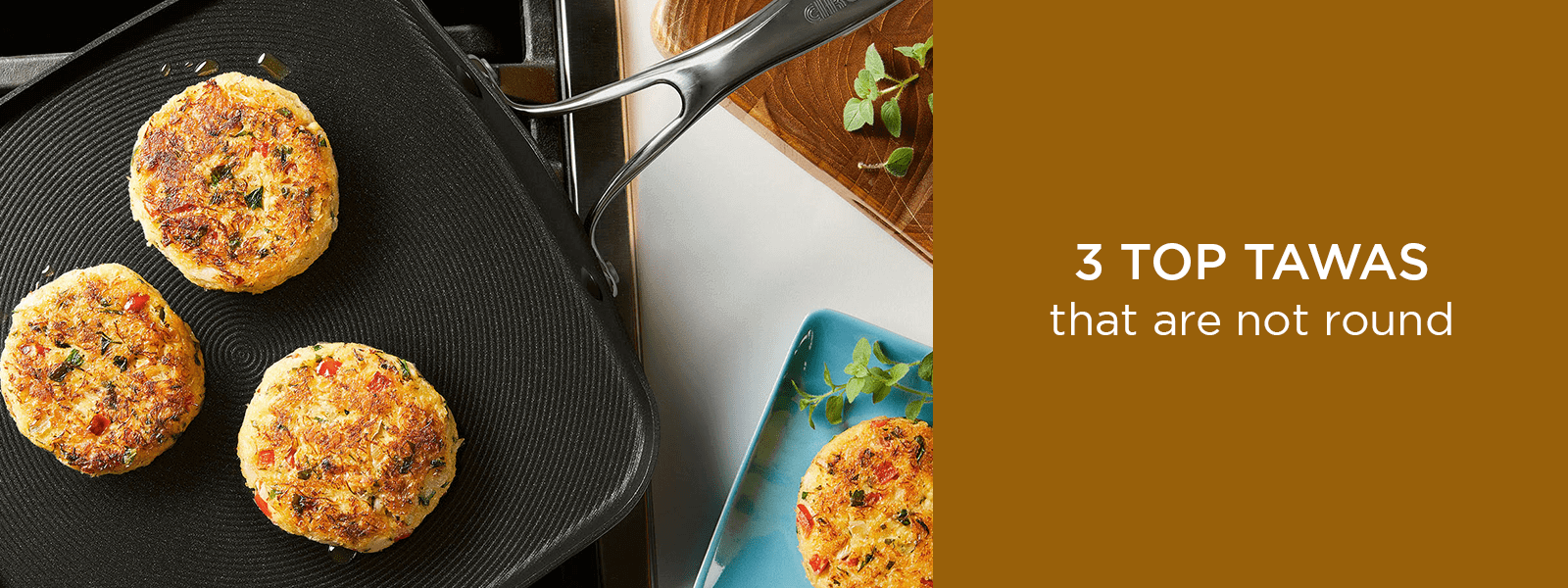
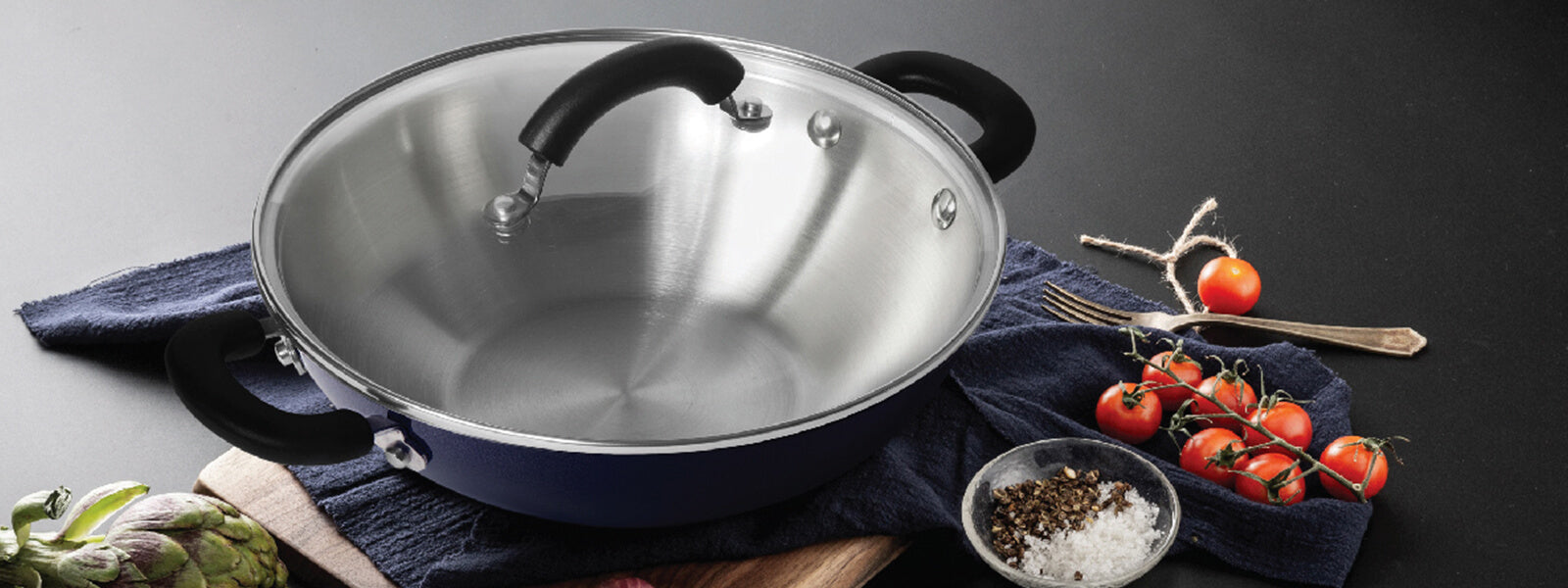
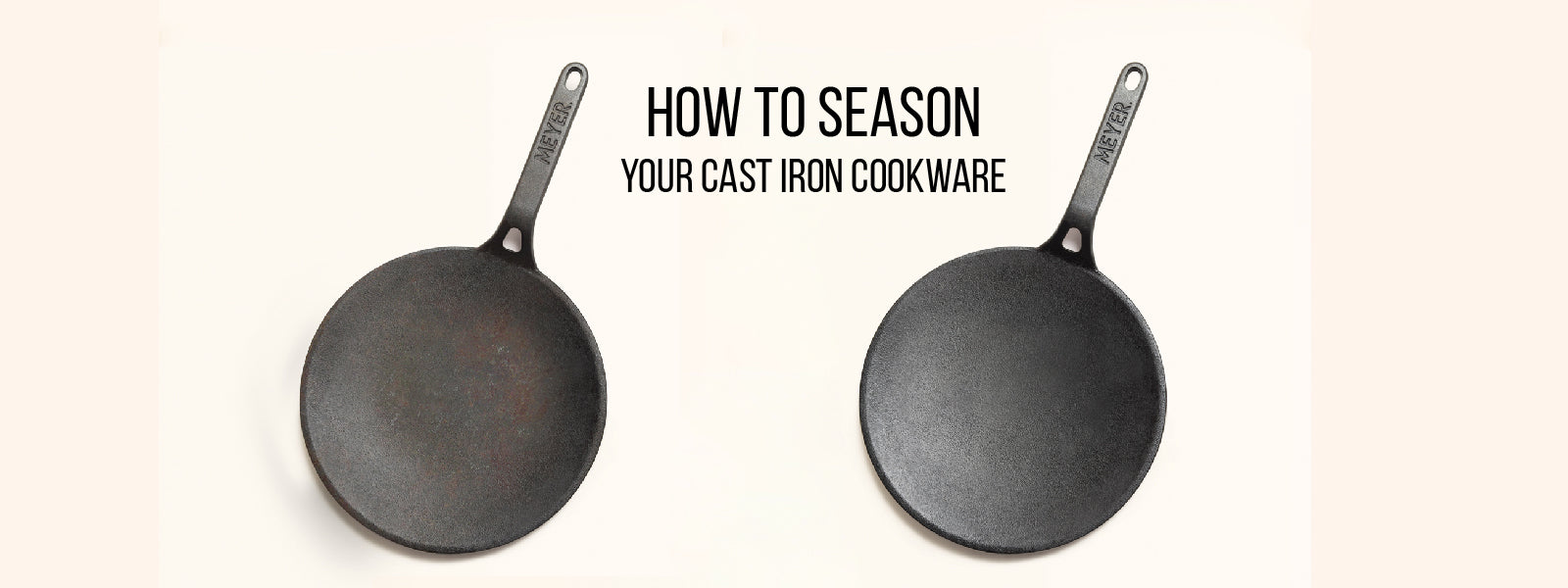
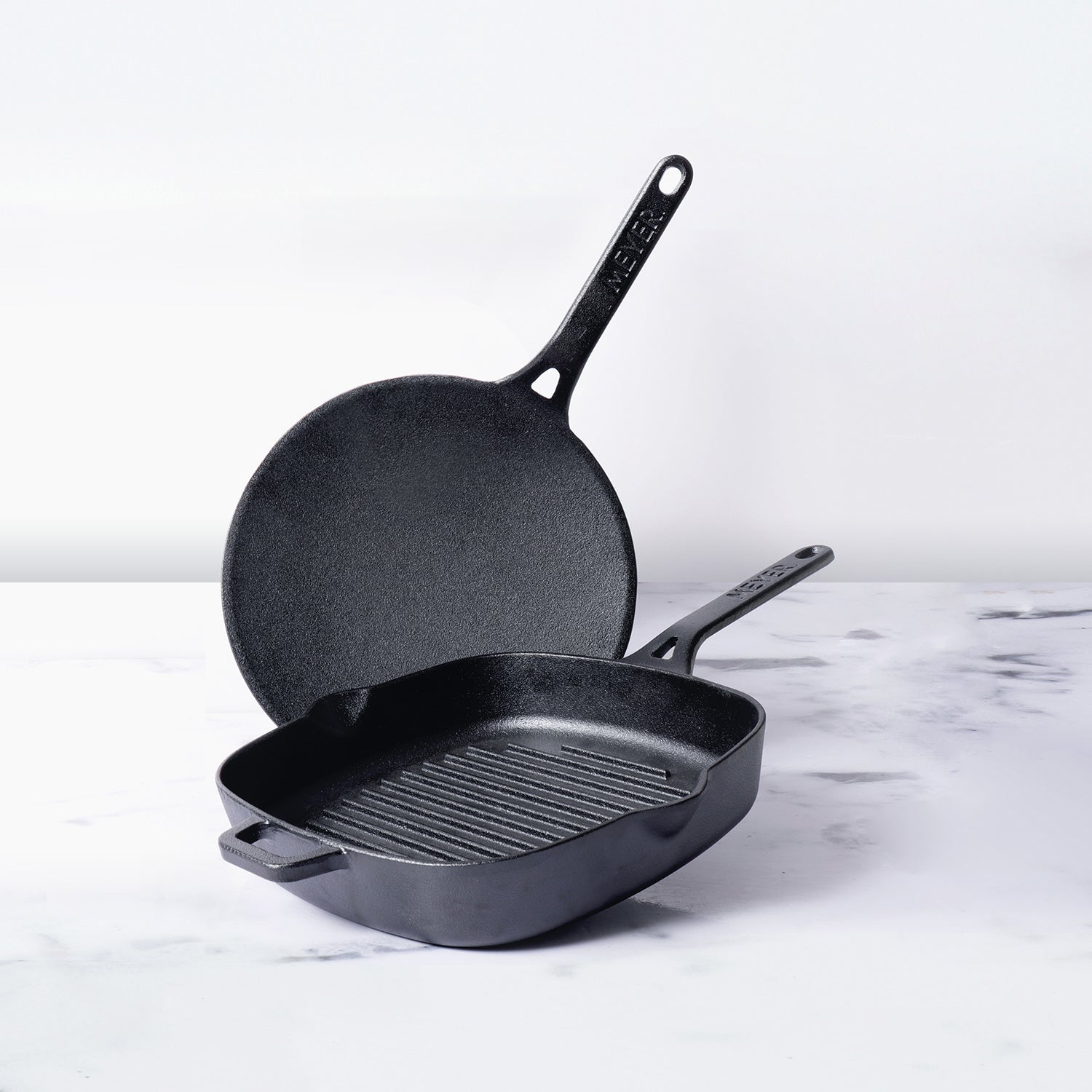
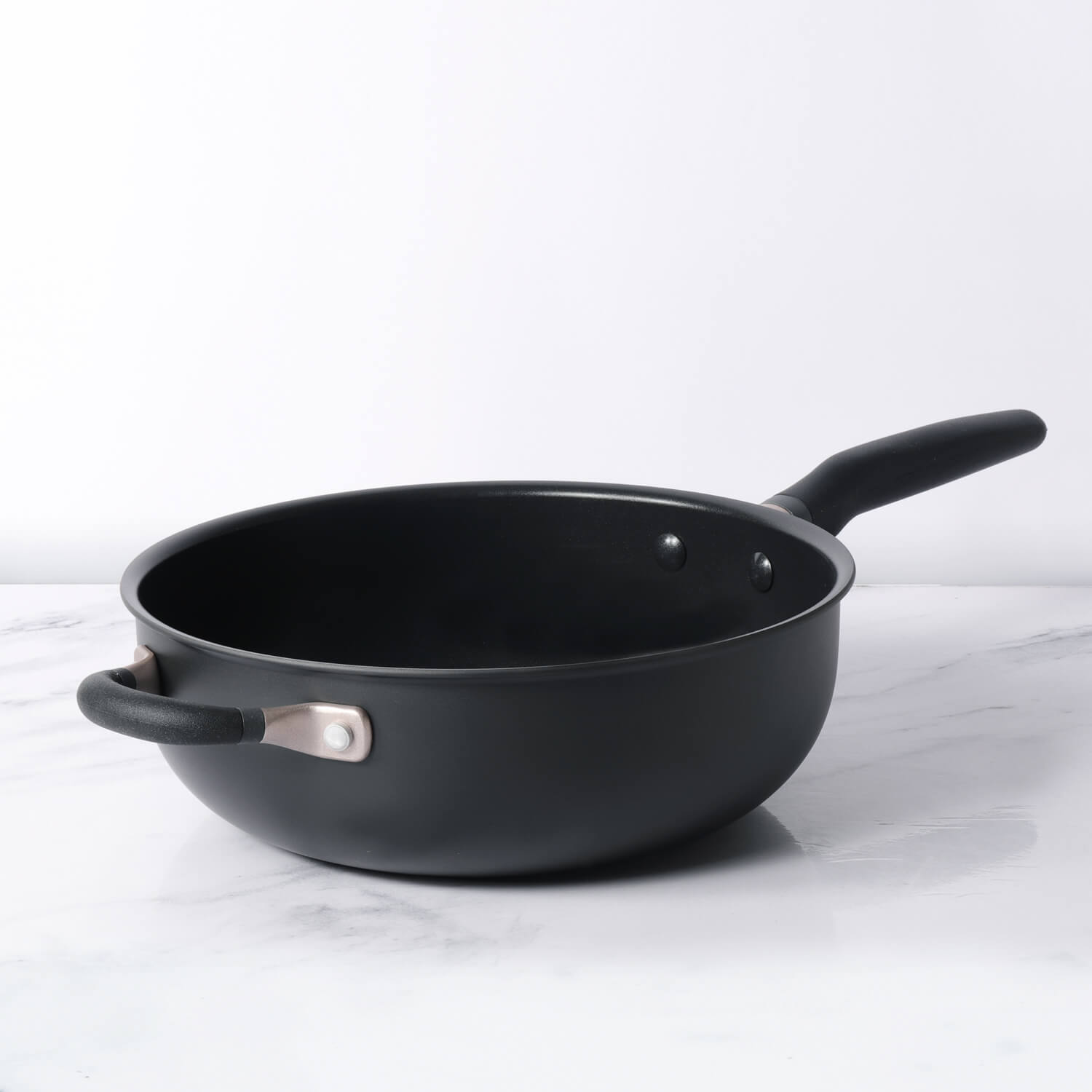




Leave a comment